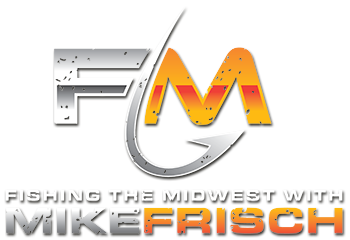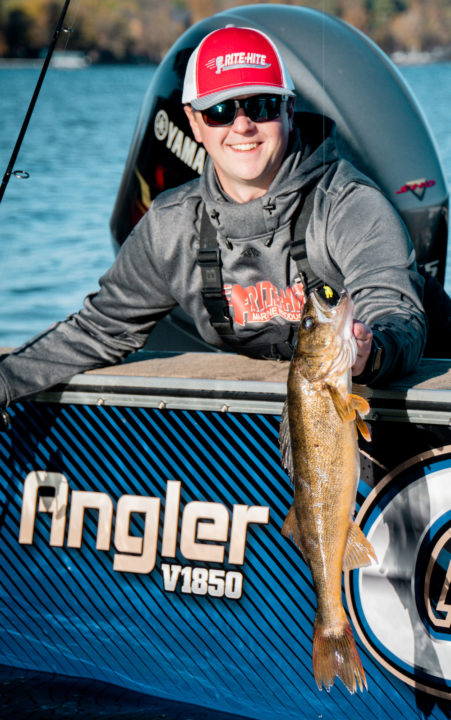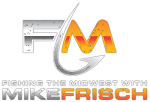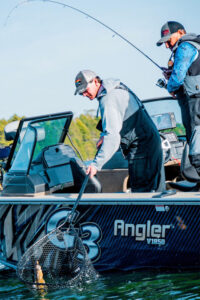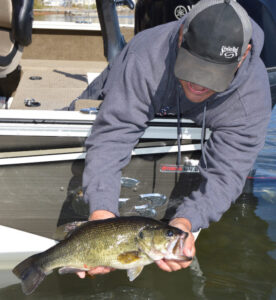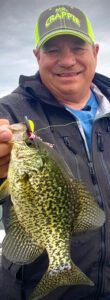By Mike Frisch
It’s no secret that jigs catch walleyes. In fact, a jig baited with some form of livebait or plastic produces fish during all seasons. Here is a look at some suggestions for fishing jigs during early season for walleyes.
A jig tipped with a minnow has been standard protocol for lots of us who like walleyes for decades. A ball head jig tipped with a spottail shiner minnow is hard to beat, particularly on lakes that have lots of spottails present. Other lakes will often produce walleyes on jigs and fatheads. Plus, another good way to fool an early season walleye is with a small swimbait threaded on a jig. A “minnow colored” Rage Swimmer has been good to me in recent seasons.
Veteran walleye anglers will often advise using a small jig, maybe a 1/8 or even 1/16-ounce size. That is usually solid advice. However, it is also important to stay “in touch” with the jig and if the wind blows or deeper water is being fished, a bigger jig might be needed so the angler can still feel his or her offering, lake bottom, and biting fish.
Often during early season walleyes will locate in river mouths, shallow flats and along the first drop to deeper water. If those fish happen to be in water from say 1 to 6 feet deep, and depending on the water clarity, a cast and retrieve approach fishing the jig slowly is often hard to beat.
While braided fishing line is very popular, I prefer using 6-pound fluorocarbon line like CONTRA for pitching jigs. Fluorocarbon line has more stretch than braid which I think helps give my lure a bit slower and more natural presentation, often what early season walleyes, especially, those finicky ones prefer. If the jig and plastic is used, then I may try a more aggressive pop and pause retrieve with a bit heavier jig where I try to trigger a reactionary strike. Fluorocarbon works well with both methods and is nearly invisible in the water too, another early season advantage.
Pitching jigs with minnows and plastics will put lots of walleyes in the boat again this spring. If, however, the fish are a bit deeper, say in water 7 to 15 feet deep, then a jig trolling or drifting technique is often a great way to cover water and find active fish. For this method, I like to pitch my bait out a good distance behind the boat and use pulls and pauses to fish it as the boat slowly moves along. Often when a jig and minnow falls back to the bottom it gets bit, and so on the next pull forward the weight of the fish is felt and it’s time to set the hook. This simple fishing method has puts lots and lots of opening day and early season walleyes in the boat for this fishing guide and his clients!
The last bit of advice involves fishing rod selection. I like a 6 ½ to 7-foot medium power extra fast action lightweight graphite spinning rod with a cork handle. The Lew’s Speed Stick line has a couple of models that fit the bill, are very sensitive, and are affordable too.
If the tap of a light biting walleye on a sensitive rod is in your plans this spring, consider a jig baited with a minnow or plastic and use some of the ideas just presented and you just might strike walleye gold!
As always, good luck on the water and remember to include a youngster in your next outdoors adventure!
Mike Frisch hosts the popular Fishing the Midwest TV series on the Sportsman Channel and several other networks as well. Visit www.fishingthemidwest.com to see all things Fishing the Midwest.
Photo – Robby Moody displays a jig caught walleye. Jigs are great fish producers during early season.
